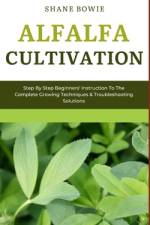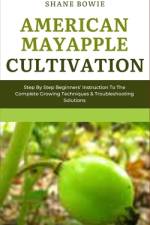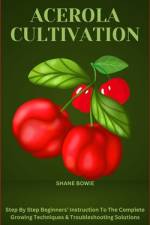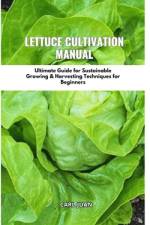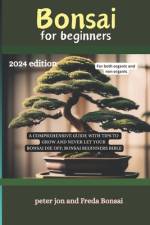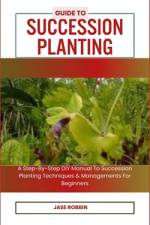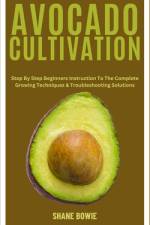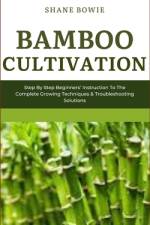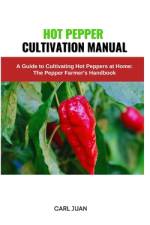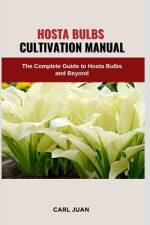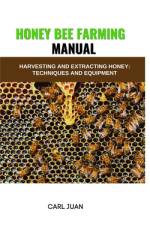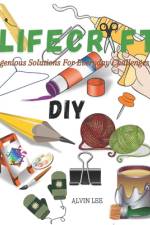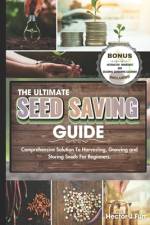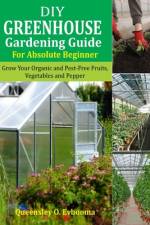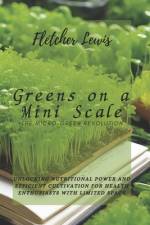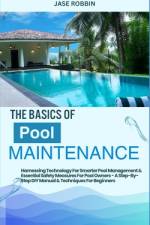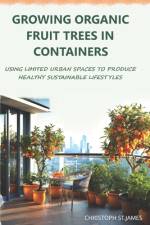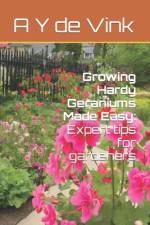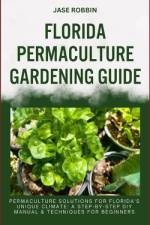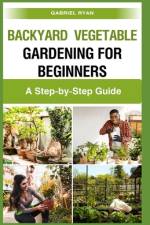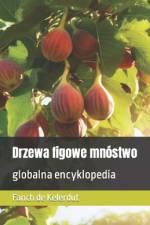- Grow Your Organic and Pest-free Fruits, Vegetables and Peppers
av Queensley O Evbooma
239,-
About the Book Dive into the vibrant world of greenhouse gardening with our comprehensive guide tailored for absolute beginners. 'DIY Greenhouse Gardening Guide' is your passport to cultivating organic, pest-free fruits, vegetables, and peppers right in your backyard, regardless of your prior gardening experience. This book serves as your trusted companion, unveiling the secrets of greenhouse gardening from the ground up. From selecting the perfect greenhouse to understanding microclimates, mastering plant care, and combating pests and diseases, each chapter equips you with the knowledge to flourish as a greenhouse gardener. Discover the art of creating optimal growing conditions, harnessing natural elements, and maximizing your harvest throughout the seasons. Uncover the magic of starting from seeds, nurturing thriving plants, and relishing the fruits of your labor with delightful recipes straight from your greenhouse bounty. Moreover, delve into advanced techniques like hydroponics, aquaponics, and controlled environment agriculture, elevating your understanding and practice to the next level. With a monthly planting calendar and troubleshooting advice, you'll be confidently planning and caring for your greenhouse garden all year round. Experience the joy of sustainable, bountiful gardening and embark on a fulfilling journey toward homegrown abundance with our 'DIY Greenhouse Gardening Guide.' Let this book be your gateway to a thriving, organic oasis right in your backyard. Key Takeaways when you purchase this book include: Greenhouse Essentials: Understand the benefits of greenhouse gardening, why it's a game-changer, and how to select the right greenhouse for your needs.Getting Started: Dive into the basics of greenhouse gardening, exploring different types of greenhouses, considering their construction, size, and the essential tools and equipment required.Greenhouse Microclimates: Master the art of controlling temperature, humidity, and ventilation within your greenhouse, optimizing conditions for plant growth.Plant Selection and Care: Learn to choose the right plants for your greenhouse, caring for them from seed sowing to transplanting and potting, with a focus on different plant types.Maximizing Your Greenhouse: Discover strategies to create and maintain optimal microclimates in your greenhouse. Effectively manage pests, diseases, and maximize space utilization.Harvesting and Preservation: Gain insights into preserving your greenhouse produce through canning and explore delicious recipes using your homegrown crops.Troubleshooting and Maintenance: Understand common problems in greenhouse gardening, from soil depletion to pest management, and learn how to troubleshoot and maintain your greenhouse.Advanced Techniques: Explore advanced greenhouse techniques like hydroponics, aquaponics, and controlled environment agriculture for a deeper understanding and future planning.Planning Your Growing Season: Use the monthly planting calendar to strategically plan your greenhouse garden throughout the year, understanding the role of temperature in different seasons.Greenhouse Gardening Terms: Familiarize yourself with essential terminologies, ensuring you understand and speak the language of greenhouse gardening fluently.Whether you're a novice eager to start your gardening journey or seeking to enhance your greenhouse expertise, this book equips you with the knowledge and practical guidance needed to cultivate a bountiful and thriving greenhouse garden. CLICK THE BUY BUTTON AT THE TOP RIGHT TO GET IT

